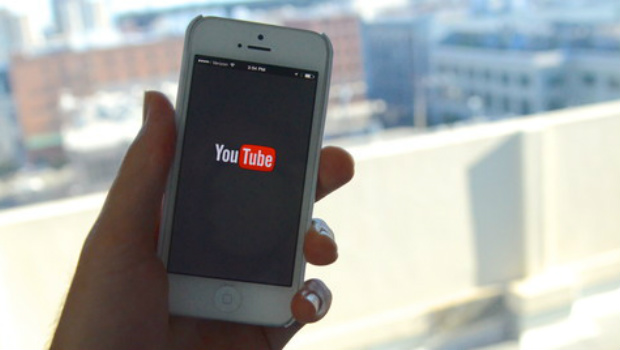 In the end the debate over whether YouTube is a platform or publisher wasn’t settled by debate, it was through the power of advertising.
In the end the debate over whether YouTube is a platform or publisher wasn’t settled by debate, it was through the power of advertising.
Controversy over YouTube’s ad placement strategy has extended beyond UK and European brands like the BBC, Guardian, Pepsi, HSBC, to US household names like Walmart, GSK, Johnson & Johnson, Enterprise, and telcos AT&T and Verizon. The situation of having extremists like former Imperial Wizard of the Ku Klux Klan David Duke and Muslim firebrand cleric Hanif Qureshi make money off their businesses proved embarrassing enough for markets to pull their spending, costing YouTube (and therefore Google) millions of dollars.
What’s interesting about this inevitable turn of events is that brands are refusing to buy into the idea that websites that serve content are not responsible for ensuring advertisers aren’t paired with creators whose values they either do not share or are illegal under current laws curtailing hate speech.
Google’s answer has been to reduce the level of automation in its programmatic advertising service, putting more control in the hands of brands and increasing the number of humans on staff to act in clients best interests. However, the exodus hasn’t stopped. At time of writing Pepsi, Starbucks and Dish announced they were pulling their campaigns. It doesn’t seem to matter what Google/YouTube does right now, it can’t seem to make its system smart enough. Clients don’t want more sophisticated back ends or intuitive interfaces, they want to spend money and not worry about some ‘glitch’ that might put their messaging alongside an Isis propaganda video. Such are the stakes.
Coming from a print background this is a problem all too familiar to old media companies. Clients constantly jockey for position either at the front of a magazine (lovingly referred to as the ‘graveyard’) or in support particular features. Sometimes this is not always possible but the line of communication between a human account manager and a marketer is a powerful relationship that allow for problems to be solved at the planning stage and not after the magazine has landed on desks. In the rare occasion that something does go wrong, the client has a name and a direct line they can rely on. This simple account management has no corollary in the world of programmatic advertising favoured by the tech sector. Automation is a black box, a set of rules without common sense. It’s satisfying from a developer perspective but not for brands, whose marketing departments seem to think they are being afforded the same level of customer care in new media as they did in the old. This is clearly not the case.
What will come of this? YouTube is not a revenue winner for Google and can’t afford a reputation as a flaky outlet, regardless of its massive reach. Clients won’t be happy until they see stronger content moderation and closer customer service ties to make up for a lack of in-house expertise.
This chimes closely with my recent interview with Guruduth Banavar from IBM in his discussion of Watson’s role with professionals. In his view, AI will become an aide to human decision-making, not a replacement for it. When it comes to the world of programmatic advertising maybe a similarly humble approach should be taken.
As any busy security professional will tell you, systems are only as smart as the people who use them. There is a reason these people are busy. In its own way, YouTube is learning why.








Subscribers 0
Fans 0
Followers 0
Followers